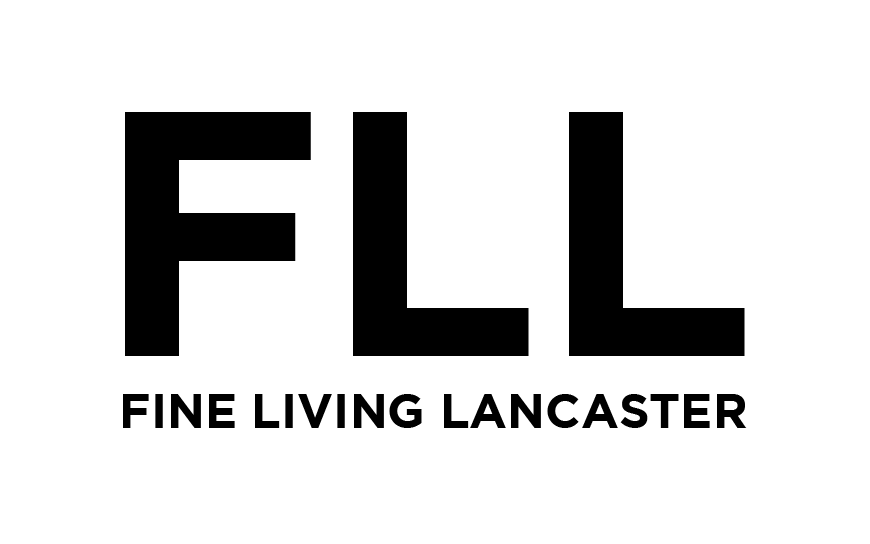We're Swapping Resolutions for Intentions Next Year: Here's Why
With the end of 2019 steadily approaching, communities worldwide are setting their sights on 2020. For residents here in the United States, the start of a fresh calendar year also indicates the introduction of New Year’s resolutions. From flooding fitness studios to storming health food stores, Americans have gained a reputation for adopting a particular sense of discipline come the first of the year.
But what exactly is a “resolution?” The word technically means a “firm decision to do or not to do something,” but when set at the start of a new year, these determinations are typically referred to as "New Year’s resolutions." The problem with these seemingly innocent undertakings, however, is that they don’t always work. As described by Naz Beheshti, a contributing author for Forbes, resolutions are a flawed way of attempting to reach a commendable goal. Whether it be to lose weight, quit smoking, or finally find love, our approach to the New Year typically signifies a major overhaul in at least one area of our lives.
In her article, “New Year's Resolutions Don't Last. Do This Instead,” Beheshti points out that when it comes to this type of goal-setting, research isn’t exactly in our favor. And she is certainly not alone in her argument. In fact, some studies indicate that less than 25 percent of people stay committed to their resolutions after just 30 days. Considering that there are still eleven months left in the year at the end of January, this isn’t exactly an inspiring statistic.
So what’s prompting Americans to abandon their goals so quickly after setting them? To this end, Beheshti writes: “We underestimate how long it takes to kick a bad habit or to adopt a good one. Popular wisdom says it takes 21 days. However, studies indicate that on average it takes approximately 66 days before a new habit becomes automatic.”
Change doesn’t happen overnight. Whether 21 days or 66, true change requires consistent effort over a prolonged period of time. When applied to a massive goal like going to the gym five times a week, this can feel both intimidating and overwhelming-especially if you choose to set more than one. Ultimately, the problem is that resolutions leaves little room for fluidity. You either succeed and save money or you don’t. You either find the person you want to marry or you don’t. That’s a lot of pressure.
To avoid the stress that comes with making yearly resolutions, we’re exploring a new trend: intention setting.
Psychology Today author Diana Raab Ph.D. describes an intention as a positive call to action regarding something you want to do or accomplish. Unlike the singular nature of resolutions, intentions are cultivated on a daily basis. They are adaptable and allow for shifts and growth throughout the year. For instance, if your intention is to experience more love into your life, you may go about this in a variety of ways. Perhaps you begin by allowing your friends to set you up on a blind date. Maybe you follow up that date later in the year by adopting an animal or volunteering at a homeless shelter. Intentions don’t create a one-size-fits-all experience. Instead, they enrich our lives with a deeper sense of direction that we can explore in whatever ways we see fit. If love is the intention, romantic partnerships, acts of services, or finding a four legged friend may all help to get you there. Oftentimes, it is this fluidity that makes intentions easier to follow through on.
Are you interested in testing the intention setting waters? If so, here’s how to get started.
Begin by slowing down and reflecting. Think back to where you struggled and thrived throughout 2019. Once you’ve taken the opportunity to look back on your previous year, you will be better equipped to decide what you want to create in the future.
Make a list of your intentions in a notebook. These can include anything from practicing self-love to being more active. Let your intentions be directive, while still open to modification. After your intentions have been set, take time to reinforce them by staying in the present. For some this may mean regularly journaling, while for others it may help to repeat your intention to yourself throughout the day. As your year continues to unfold, find small, daily actions you can take that will better align you with what you hope to create.
Like every new calendar year, an intention is simply a clean slate for you to explore and build upon. And so when January 1st finally rolls around, be sure to be kind to yourself in determining what direction you plan to move toward in 2020.
After all, who knows what we can accomplish with a little inspiration.
By: Sam Maracic








